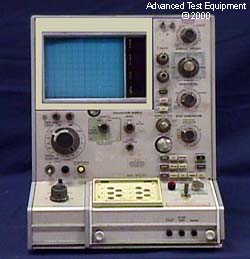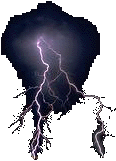A photodiode is an optoelectronic device that uses light to accomplish special circuit functions. Basically, it is a light-controlled variable resistor. In total darkness, it has a relatively high resistance and therefore conducts little current. However, when the PN junction is exposed to an external light source, internal resistance decreases and current flow increases. The photodiode is operated with reverse-bias and conducts current in direct proportion to the intensity of the light source.
A light source is aimed at the photodiode through a transparent "window" placed over the semiconductor chip. Switching the light source on or off changes the conduction level of the photodiode. Varying the light intensity controls the amount of conduction. Because photodiodes respond quickly to changes in light intensity, they are extremely useful in digital applications such as computer card readers, paper tape readers, and photographic light meters. They are also used in some types of optical scanning equipment.Incident light will affect the output waveform of the photo diode mainly because of the solar effect. Current generated increases with light intensity.
Without incident light, the waveform is a straight line. |













